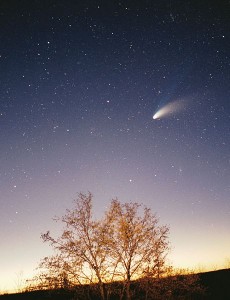When something falls in the media’s lap it can make for some very, very happy people. People such as newspaper reporters and TV journalists and especially editors and news directors get downright giddy when something just appears out of nowhere and “poof:” Instant story.
So the media folk here where I live, Beaumont, Texas, must be jumping for joy at the release of a University of Vermont study that uses among other methods, a “geo-tagged data set comprising over 80 million words generated over the course of several recent years on the social network service Twitter … “ The conclusion lists the happiest and unhappiest states and cities in the U.S. The happiest state: Hawaii. It makes sense, it’s a pretty place and great temperature year-round. The saddest state is Louisiana. That’s kind of confusing when you have New Orleans rising back from near death. The happiest city: Napa, Calif. Think wine, spody-ody. And, drum roll, the saddest city: Beaumont.
Yes, Beaumont, Texas. Time to get busy local media. We’ve got big news right here in River City.
It’s funny these academicians which include mathematics and statistics professors as well as those in the computing field are able to study 10 million “geo-tagged tweets” over some 373 urban areas to determine who is the happiest and those who are saddest. What is sad is how they characterize their data field: “This corpus is a subset of Twitter’s garden hose feed, and represents roughly 10% of all geotagged tweets posted in 2011.” Huh?
Corpus, I get. I have no idea what a garden hose feed might entail.
The gist, if I may oversimplify it, appears to be that words were studied by geographical location on the social network Twitter. The appearance of certain words determine what’s happy and what’s not.
But Ma, I don’t even know what a Twitter is.
I have read some reporting of this story, specifically of Beaumont being the saddest city in the U.S. So far there is little local reporting. I did hear the story discussed on “The Blitz,” the goofy and enjoyable drive time show on sports talk ESPN 97.5 FM in Houston as I drove home this afternoon. The interest in Houston, besides being 88 miles away from Beaumont, is that even closer Texas City is No. 3 unhappiest in the U.S. To make matters worse for us, we have two cities in the same county on the Top 15 saddest. Behind Beaumont is lucky No. 13, Port Arthur, our south Jefferson County Golden Triangle center. Orange, in adjacent Orange County, is at the end of the third leg of the triangle. I have no idea how it fared.
I have lived here in Beaumont on and off for seven years. Am I sad? Yeah, but I have a lot on my mind what with suffering from chronic pain and with the lack of income staring me down due to the stupidity in Washington known as sequestration. I can also say Beaumont is a pretty angry place. Much of it has to do with wealth envy and race. Beaumont is majority African-American now. It didn’t use to be before “white flight” took place. I was in Lumberton today, a city about 8 miles north of Beaumont in Hardin County. I was shocked to see the Lumberton city limit sign. The place has more than 11,000 citizens now. I can remember when Lumberton was so small it was just a little dot on the map. Much of its growth can be tied to “white flight.”
Economics make people mad, believe me. This is very much a city, Beaumont, in which the divide between the “haves” and the “have nots” can be substantial.
We have a lot of problems here, like everywhere. I have been and even lived in much sadder cities than this, however, and I didn’t need Twitter to tell me. All one needs is a good hog. Then, if you’re happy and you know it slap your ham.

